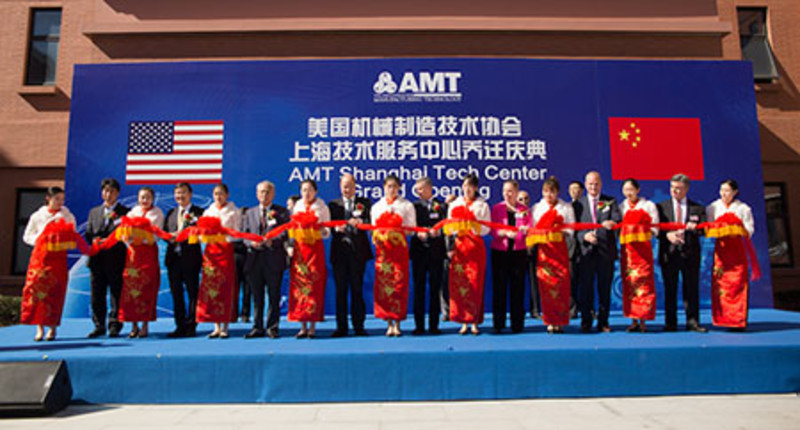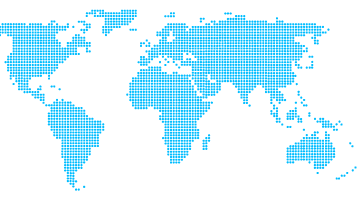China has nearly completed its transition back to a pre-pandemic state of affairs. The manufacturing Purchasing Managers’ Index (PMI) was 51.5 for September and has now been above 50 for seven consecutive months. The GDP for the first half of the year, at $6.5 trillion, was down 1.6% from the same period in 2019. However, taken separately, the second quarter was up 3.2% from 2019, indicating a strong recovery trend. Two more industry in-person trade shows took place (Auto China in Beijing and Die & Mould China in Shanghai) with impressive exhibitor and visitor stats. All factories, plants, schools, restaurants, shops, museums, etc. are open and back in business. For more industry intel and tidbits, read on.
Since 2009, China has been, and remains, the largest automotive producer and consumer in the world, manufacturing more than 20 million vehicles each year. That vertical, one of the industrial pillars of China, is still making investments in traditional combustion engine vehicles, but a major focus of funds is migrating to various types of electric vehicles (EVs). In addition to new factories to produce electric, hybrid, and hydrogen vehicles, the battery and fuel cell technology necessary to support this trend is seeing substantial capital infusions as well.
China’s new automotive strategy and policy is to have EVs represent 25% of total automotive production by 2025. Estimates are that this could represent up to 20 million vehicles over the next five years. Opportunities for manufacturing technology will abound.
In September, the Volkswagen Group announced it will invest $17 billion with its three Chinese joint venture partners (SAIC, FAW, and JAC) for manufacturing “new energy” vehicles over the next four years. This is on top of the $39 billion the Volkswagen Group will be investing globally for the same period and purpose.
State Grid Corp. of China announced it will focus its R&D investments on the ultra-high voltage transfer charging stations in anticipation of the dramatic growth expected in the sales of EVs. It is estimated that investments in the EV infrastructure over the next five years in China will be over $890 billion.
Below are more data points from AMT’s Shanghai Tech Center’s Market Access and Sales Support (MASS) program. Each point represents a specific known investment resulting in manufacturing technology sales opportunities:
The annual production of 20,000 pieces of 3D glass covers.
The annual production of 35 million sets of electronic terminal products.
A $150 million investment in lithium battery manufacturing.
The annual production of 2 million fuel injection systems for powertrains.
The annual production of 10,000 loaders.
For more information, contact Fred Qian (fredqian@AMTchina.org).






